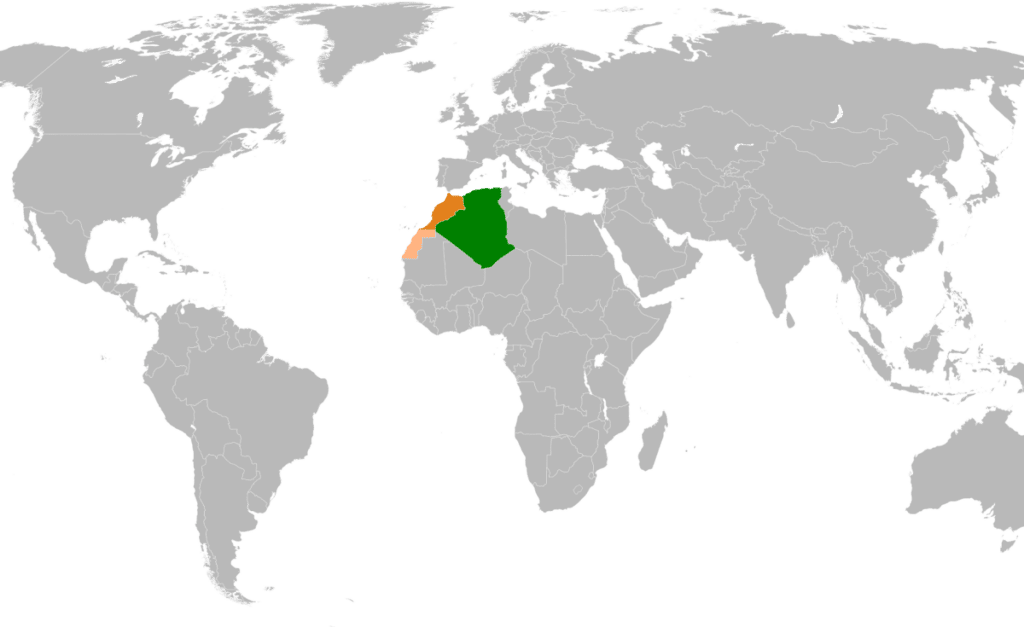In November 2020, the Moroccan government sent its military to the Guerguerat area, a buffer zone between the territory claimed by the Kingdom of Morocco and the Sahrawi Arab Democratic Republic (SADR). The Guerguerat border post is at the very southern edge of Western Sahara along the road that goes to Mauritania.
The presence of Moroccan troops “in the Buffer Strip in the Guerguerat area” violated the 1991 ceasefire agreed upon by the Moroccan monarchy and the Polisario Front of the Sahrawi. That ceasefire deal was crafted with the assumption that the United Nations would hold a referendum in Western Sahara to decide on its fate; no such referendum has been held, and the region has existed in stasis for three decades now.
In mid-January 2022, the United Nations sent its Personal Envoy for Western Sahara Staffan de Mistura to Morocco, Algeria, and Mauritania to begin a new dialogue “toward a constructive resumption of the political process on Western Sahara.” De Mistura was previously deputed to solve the crises of U.S. wars in Afghanistan, Iraq, and Syria; none of his missions have ended well and have mostly been lost causes. The UN has appointed five personal envoys for Western Sahara so far – including Mistura – beginning with former U.S. Secretary of State James Baker III, who served from 1997 to 2004.
By the end of November 2021, the government of Morocco announced that it had earned $6.45 billion from the export of phosphate from the kingdom and from the occupied territory of Western Sahara. If you add up the phosphate reserves in this entire region, it amounts to 72% of the entire phosphate reserves in the world. Phosphate, along with nitrogen, makes synthetic fertilizer, a key element in modern food production. This gives Morocco a tight grip over world food production. There is no doubt that the occupation of Western Sahara is not merely about national pride, but it is also argely about the presence of a vast number of resources – especially phosphates – that can be found in the territory, writes Globetrotter’s Vijay Prashad.
A map showing the location of Algeria (green), Morocco (orange) and Western Sahara (lighter orange).
Source link : https://allafrica.com/view/group/main/main/id/00080928.html
Author :
Publish date : 2022-01-21 08:00:00
Copyright for syndicated content belongs to the linked Source.
